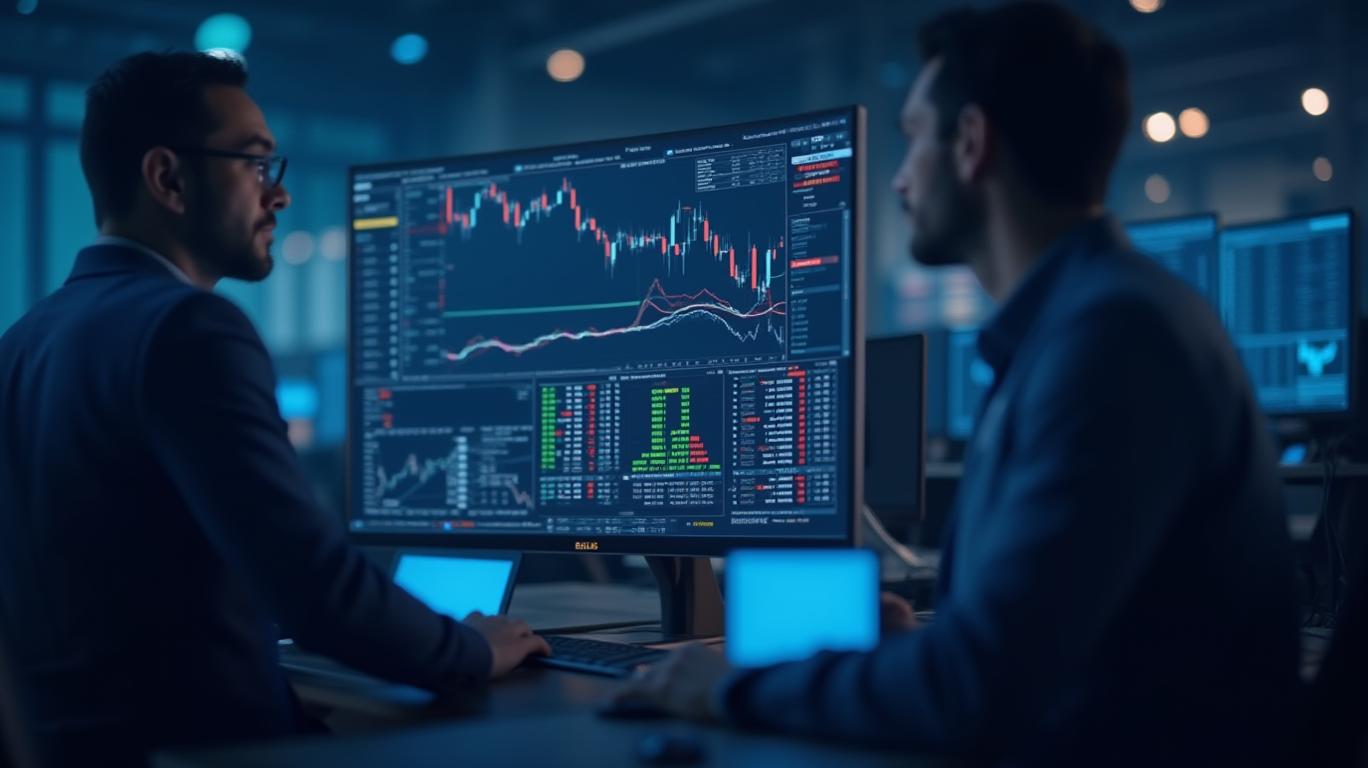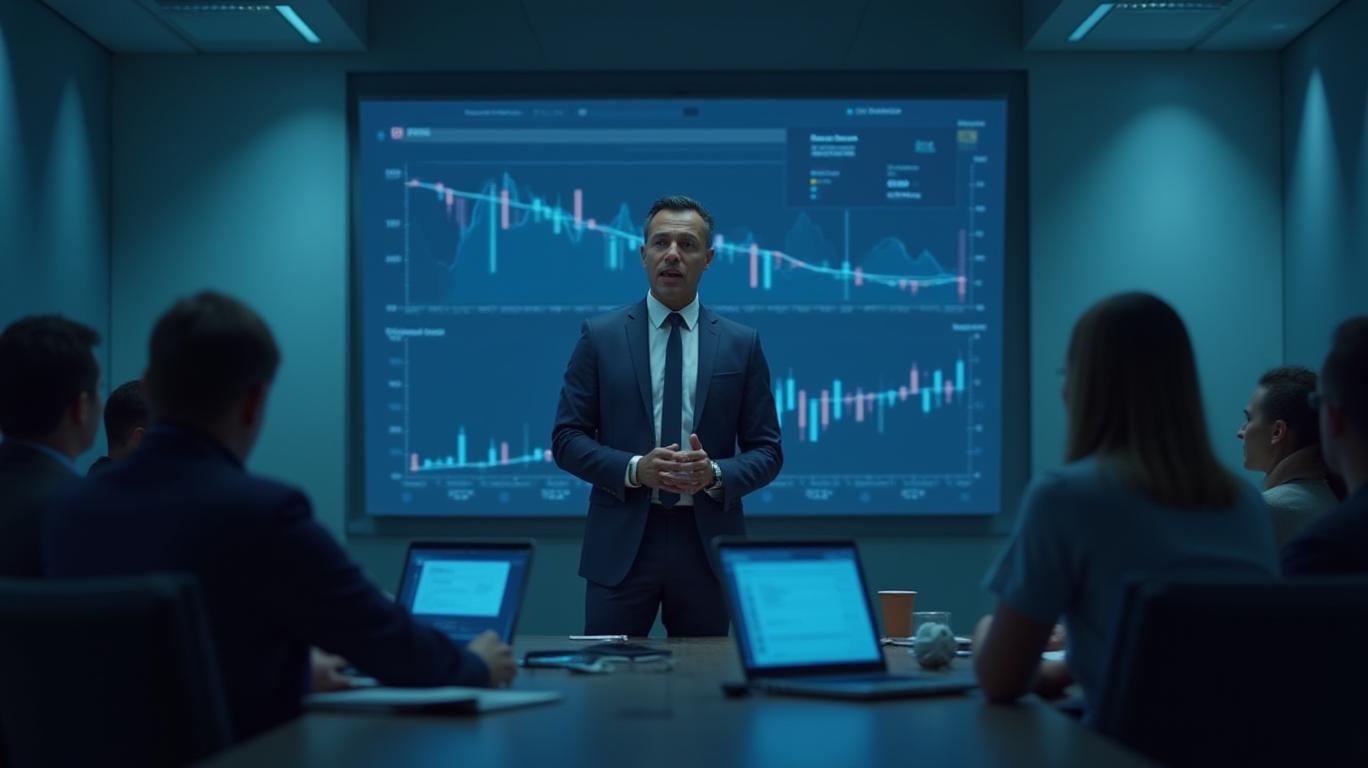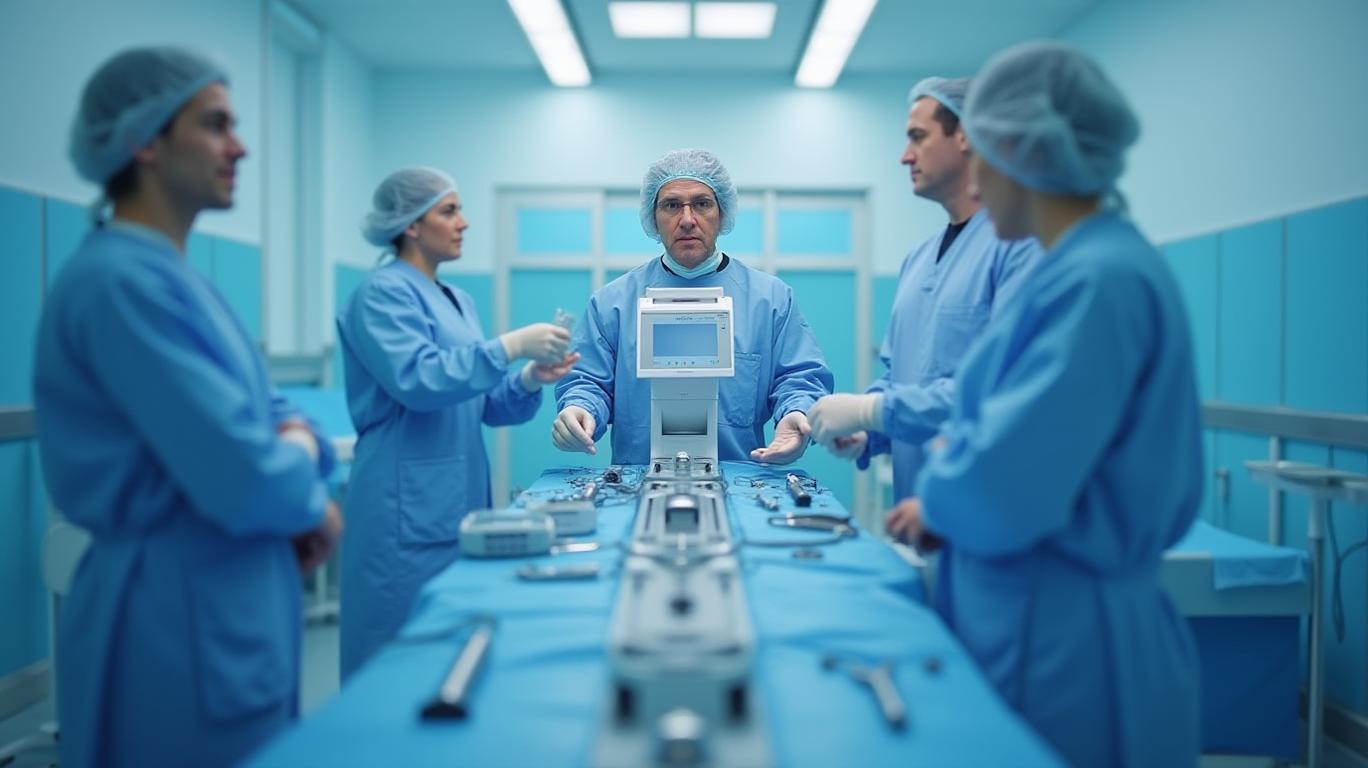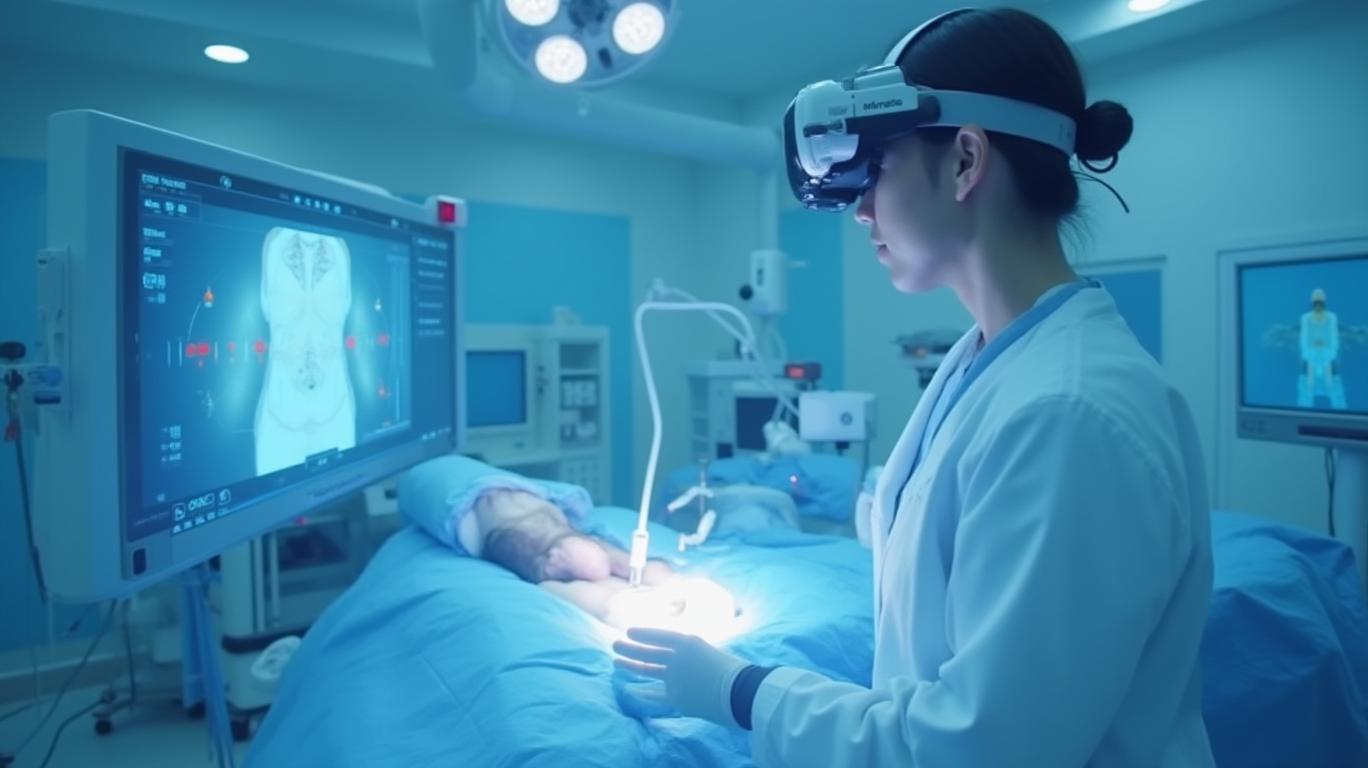Robotic Surgeons on the Operating Table: Vicarious Surgical's NYSE Warning Signals a Crucible for Innovation

Investors in Vicarious Surgical (NYSE: RBOT) just got a wake-up call that’s as jarring as a scalpel to the heart of its stock’s future. The NYSE’s April 10 notice that RBOT is now on “probation” for failing to meet minimum market cap and equity thresholds isn’t just a bureaucratic hiccup—it’s a stark reminder that even the most promising medical tech ideas must balance innovation with financial survival. Let’s dissect this like a surgeon dissecting a problem: layer by layer.
The Numbers That Cut Deeper Than Any Scalpel
The issue isn’t a catastrophic collapse but a “near miss” that exposes RBOT’s fragility. With a 30-day average market cap of $47.4 million—just $2.6 million shy of the $50 million NYSE threshold—and equity also below the line, Vicarious Surgical is clinging to life support. The NYSE has given the company 45 days to submit a compliance plan and 18 months to fix it, but the stakes are higher than just paperwork.
This chart tells the story: RBOT’s stock has been in a freefall since hitting a $10+ peak in 2022, now trading below $1. That’s a 90% drop, reflecting investor skepticism toward unproven pre-revenue robotics firms. The “.BC” designation—marking it as “below criteria”—won’t help. Big institutional investors often flee such stocks, fearing delisting, which could further depress liquidity and value.
The Operating Room: A High-Risk, High-Reward Procedure
Vicarious Surgical’s mission is bold: develop a single-port surgical robot to make procedures less invasive. Backed by Bill Gates and top venture firms, its tech has promise. But here’s the rub: medical robotics is a slow-burn business. Companies like Intuitive Surgical (ISRG) took years to turn profits, and Vicarious is still in development.
The NYSE’s ultimatum forces a brutal choice: raise capital (which could dilute shares) or trim expenses (which might delay product timelines). With no revenue yet, the company’s only oxygen is investor confidence.
Comparing to Competitors: Vicarious vs. the Giants
ISRG, the king of surgical robotics, has a $45 billion market cap and $12 billion in annual revenue. Vicarious isn’t even on the same surgical table. Medtronic (MDT), a diversified medtech giant, has a $120 billion market cap. Vicarious’s $47 million? It’s like a scalpel trying to compete with a laser.
But here’s the twist: Vicarious’s technology could disrupt markets if it works. The global surgical robotics market is projected to hit $25 billion by 2030, growing at 14% annually. If RBOT can secure FDA approval and commercialize its system, it might yet thrive. The question is: Can it survive the 18-month cure period?
The Compliance Playbook: How to Stave Off Delisting
Vicarious has a few plays:
1. Raise Cash Fast: A stock offering or partnership could boost equity and market cap. But with its current valuation, this would require selling shares cheaply.
2. Cut Costs: Focus resources on core tech while pausing less critical projects.
3. Land a Strategic Partner: A deal with a hospital network or insurer could inject capital and credibility.
The company’s press release mentions “potential capital-raising activities or strategic adjustments.” Translation: They’re shopping for a lifeline.
Risks on the Table
The .BC designation isn’t just a label—it’s a scarlet letter. Institutional funds often have policies against holding such stocks, shrinking the buyer pool. And with RBOT trading at $0.60 per share, even small sell-offs could send it into a death spiral.
Worse, Vicarious’s entire business hinges on one product. If regulatory hurdles delay FDA approval, the clock could run out. Remember, the 18-month cure period starts ticking now, not after a product launch.
The Bottom Line: Hold… With a Scalpel’s Precision
Vicarious Surgical’s tech could be revolutionary, but its financials are in critical condition. Here’s how to play this:
- Bull Case: If RBOT secures a major partnership or funding round by the June 24 compliance deadline, its stock could rebound. The market cap gap is narrow—just $2.6 million—so a small influx of capital could save it.
- Bear Case: If the compliance plan is rejected or execution falters, delisting looms. A move to OTC markets would erase most value.
Final Verdict: Hold RBOT only if you’re a high-risk, long-term bettor on medtech innovation. The 18-month timeline is a race against time, and even a “fix” won’t erase the company’s pre-revenue reality. But for those willing to bet on robots rewriting surgery, this could be a “buy the dip” moment—if the dip doesn’t become a cliff.
Investors should monitor two critical metrics:
1. Market Cap: Does it breach $50 million sustainably?
2. Compliance Plan: Is the June 24 submission credible?
Until then, Vicarious Surgical is a surgical robot waiting for its moment to prove it’s more than just a prototype.










